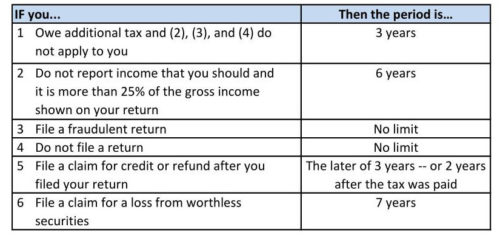Some insurance is certainly essential to our financial health. This normally includes health insurance, auto insurance and homeowner’s or renter’s insurance. Often it also includes long-term-care insurance and personal liability umbrella insurance. Business owners need additional coverage. However, there are several types of insurance that just aren’t worth the money for most of us. Here’s a quick overview of them.
Extended warranties and service contracts. This type of insurance seems to be offered more and more frequently. Buying an appliance, some electronics, etc.? You’ll certainly be offered a chance to sign up for some type of product-protection insurance. Almost always, you’re better off keeping that insurance money in your pocket and mentally reserving it for the infrequent product problems that can come up. The exception to this might be people who make a big-ticket purchase like a new appliance and who are fairly risk adverse. For them, the peace of mind might be worth it.
Pet insurance. For many of us, we’re better off self-insuring for pet care. We simply pay out of pocket whenever we visit the vet or have an emergency. On the other hand, vet bills are getting bigger and bigger. Should you decide to get pet insurance, there are three tiers of coverage. Tier 1 covers accidents. Tier 2 covers accidents and illness. Tier 3 covers accidents, illness and wellness. The cost typically ranges from $20-$80/month/pet. That’s $240-$960/year/pet. So, for a two-pet family, the insurance comes in at around $2,000/year for tier 3 coverage. If you put aside $2,000 per year to cover future needs and just pay for vet visits as needed, you are likely to come out ahead.
Flight accident insurance. This used to be fairly popular, but most people skip it nowadays. Most of us have other insurance (health and life) that should cover things if disaster strikes.
Wedding insurance. There are two basic types of wedding insurance – cancellation/postponement and liability. You should already be in fairly good shape on liability if you own a personal liability umbrella policy as noted above. On cancellation, it must be said that most weddings occur pretty much as planned. Should major problems come up, and if some peace of mind will help you enjoy the big day, maybe you should consider it. $225 policies can provide up to $25,000 in coverage. If you decide to get some coverage, be sure to read the fine print as coverage varies and restrictions are common.
Smartphone insurance. Okay, you just shelled out hundreds of dollars for a new smartphone and the salesperson wraps things up by offering phone insurance. This is probably an item that you can self-insure for. Just mentally put aside the cost of the insurance and if problems come up, consider them prepaid with the insurance premiums you saved.
Identity-theft insurance. It seems like we regularly see news stories about people having their identities stolen. So you might be thinking about identity-theft insurance, especially since it’s not very expensive (around $50/year). However, there are laws that protect you from excessive financial harm when your identity is stolen. The key is to report the theft immediately to your financial institutions.
Laptop insurance. This is another form of an extended warranty. And as we noted above, it’s seldom worth it. Average repair costs for laptops and iPads is $100-$150. That’s about the price of a year of insurance, so for most of us, we’re better off keeping these premiums in our pocket.
Travel and trip cancellation. If you’re taking a trip to visit family or something simple like that, trip insurance is probably overkill. However, if you’re planning a 6-month, around-the-world cruise that costs a ton of money, insurance might be worth it. The key is to figure out what your nonrefundable deposits add up to and see if you want to self-insure for that amount or if you want insurance coverage. Trip insurance is typically 5-10% of the total cost of the trip, so it’s not cheap. Also, airlines typically let you reschedule for a reasonable fee. Finally, some credit cards offer some degree of coverage when they’re used to pay for the trip. If you chose to buy this insurance, be sure you read the fine print so you know what’s covered and what isn’t
Rental car collision. Generally, you don’t need this – despite the hard sell that many rental agents use. For most of us, our existing personal automobile insurance covers any car that we drive. In addition, many credit cards provide some level of coverage if they’re used to rent the car.
Of course insurance needs vary from person to person. And there are other types of insurance (accidental death and dismemberment insurance, mortgage life insurance, cancer insurance, etc.) that you may be considering. If you’d like to go over your situation, or any other financial matter, we can discuss this in a no-charge, no-obligation initial meeting. Please visit our website or give us a call at 970.419.8212 to set up an in-person or virtual meeting.
This article is for informational purposes only. This website does not provide tax or investment advice, nor is it an offer or solicitation of any kind to buy or sell any investment products. Please consult your tax or investment advisor for specific advice.




